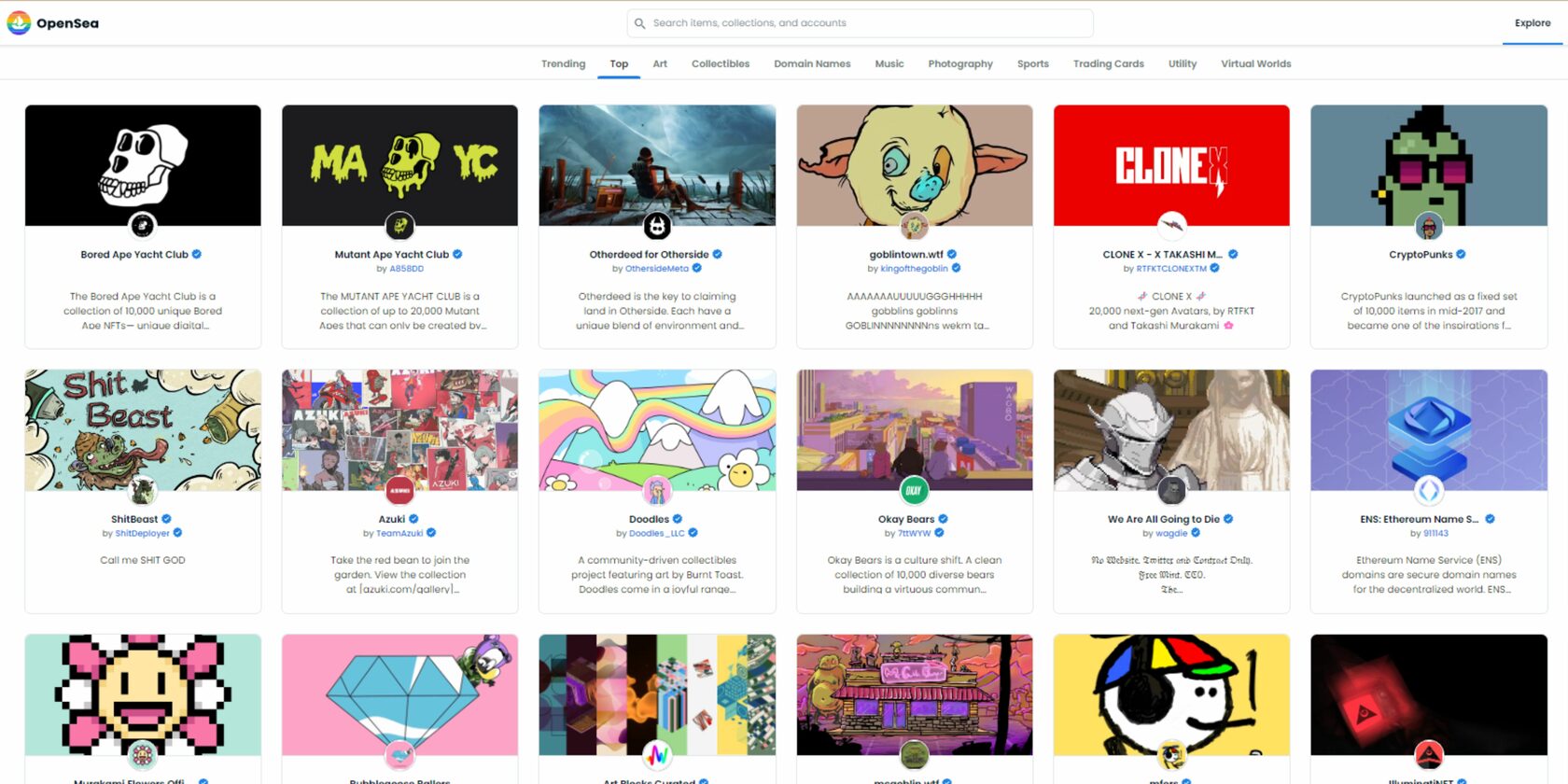The rise of cases when NFTs get stolen and artists tricked are on the rise because the market featuring tokenized digital images of apes, kittens, and beluga whales have skyrocketed last year.
In 2021 it reached $44 billion which is impressive but the fact that 80% of artworks sold there are “plagiarized works, fake collections, and spam” is even more mind-blowing. Especially because OpenSea itself reported these insane numbers.
The roots of the problem
NFTs are out there for almost a decade and they have originally been created with a noble goal in mind — to bring the concepts of supply, demand, and private property to the Internet. The means to achieve the goal came from the idea that NFTs are one-of-a-kind digital tokens, existing on the blockchain.
Since storing even a 64x64 png on blockchain would be tremendously expensive, NFTs only store a URL to regular storage where the artwork in question is located. And from here on things work as they do on the internet untouched by the tokens — the URL is linked to digital assets that anyone with access to it can simply right-click and copy on their computer.
Though the “non-fungible” part of the name implies that the tokens have no fractional value and are not interchangeable, they do nothing to prevent you from making a screenshot. Again, the token itself is unique but the asset linked to it is not. For some reason, this seeming uniqueness sparks an urge in people to tokenize everything.
As anyone can copy a tokenized picture, provided that they’ve gained access to the corresponding URL, making NFTs is just as easy. One can simply copy, say, a DeviantArt work you liked, tokenize it and sell without even thinking to mention the original author. Despite the fact that trading platforms like OpenSea have rules that must regulate the trade, they are doing far too little to prevent the trade of fraudulent NFTs.
How artists fight piracy on marketplaces
People in the artistic community opposing the new gold rush are often hushed and harassed by overly zealous NFT enthusiasts. For now, they’ve started the @NFTtheft Twitter account where they collect information from artists and think of legal ways of solving the problem. Usually, they do so by report-bombing a platform until the NFT in question is deleted and justice is served.
Despite artists’ efforts, the problem of thieves profiting from the work of creators, designers, musicians, illustrators, and basically anyone making digital content is far from being solved. The issue comes from the nature of NFT which lacks any sort of official compliance. People do not make counterfeit money (or do it extremely discreetly) because this is a felony in any country.
So the problem can be solved once and for all by either adding legitimacy to the token market or by people refusing to buy NFTs. For now, artists only have to keep tweeting angrily while smashing “report” button in hopes for justice.
What do companies do about it?
Several months ago DeviantArt announced a new AI aimed at detecting NFT theft. The system works by identifying stolen artwork in the depth of the Internet by using machine learning to locate it. It comes under the website’s Protect service, an image recognition software detecting copyright infringement for all artwork uploaded to DeviantArt.
Many artists hailed the system as it made them aware that their art was stolen. But that’s all it does, the AI simply informs you that the NFT theft may have occurred and that they might want to do something about it. It doesn’t file a takedown notice on its’ own and works more like a proactive system.
For now, DeviantArt is calling on all creator platforms to unite and fight art theft, as the AI achieved over 3.7 million scans per week, having sent over 50 thousand alerts regarding potential copyright infringement.
What can be done about it?
Searching engines like DeviantArt’s are a good initiative that can potentially help counter NFT. But until there is at least some legal regulation on the market, all victims can do is watch thieves profiting from their art.
Filing a report can’t always solve the problem, as the platform will require proof that you are the original creator of the artwork. This may be challenging to obtain as not all artistic websites log the exact time when you’ve uploaded the work.
BlendedBoris can help a bit with that, as it digitally signs the work, marking the exact time when you have created it and who is the owner.
According to the law, the creators are the owners of their works until someone else claims a prior right on it. In case of dispute or a takedown notice, it is crucial to provide proof of ownership, i.e., which version of the work came first. Unfortunately, it is not always easy to do.
Besides, if an infringer files a counter-notice, OpenSea wash its hands recommending the complainant to file a legal action seeking a court order to prevent the affected user from engaging in infringing activity. If they do not file a court action and forward us proof of their filing within 10 business days of receiving the counter-notice, pursuant to the DMCA, the content will be relisted on OpenSea. In case of a dispute proof of ownership is a must.
To prove a valid copyright, the creator can provide a copyright certificate or other proof that establishes the date the copyrighted artwork was created.
BlendedBoris registers newly created 3d models and subsequent versions on blockchain and generates verifiable ownership certificates. It provides a creator with proof of ownership that can be used for takedown notice on various marketplaces or serve as evidence in court.
Stay tuned! It will be released soon!


